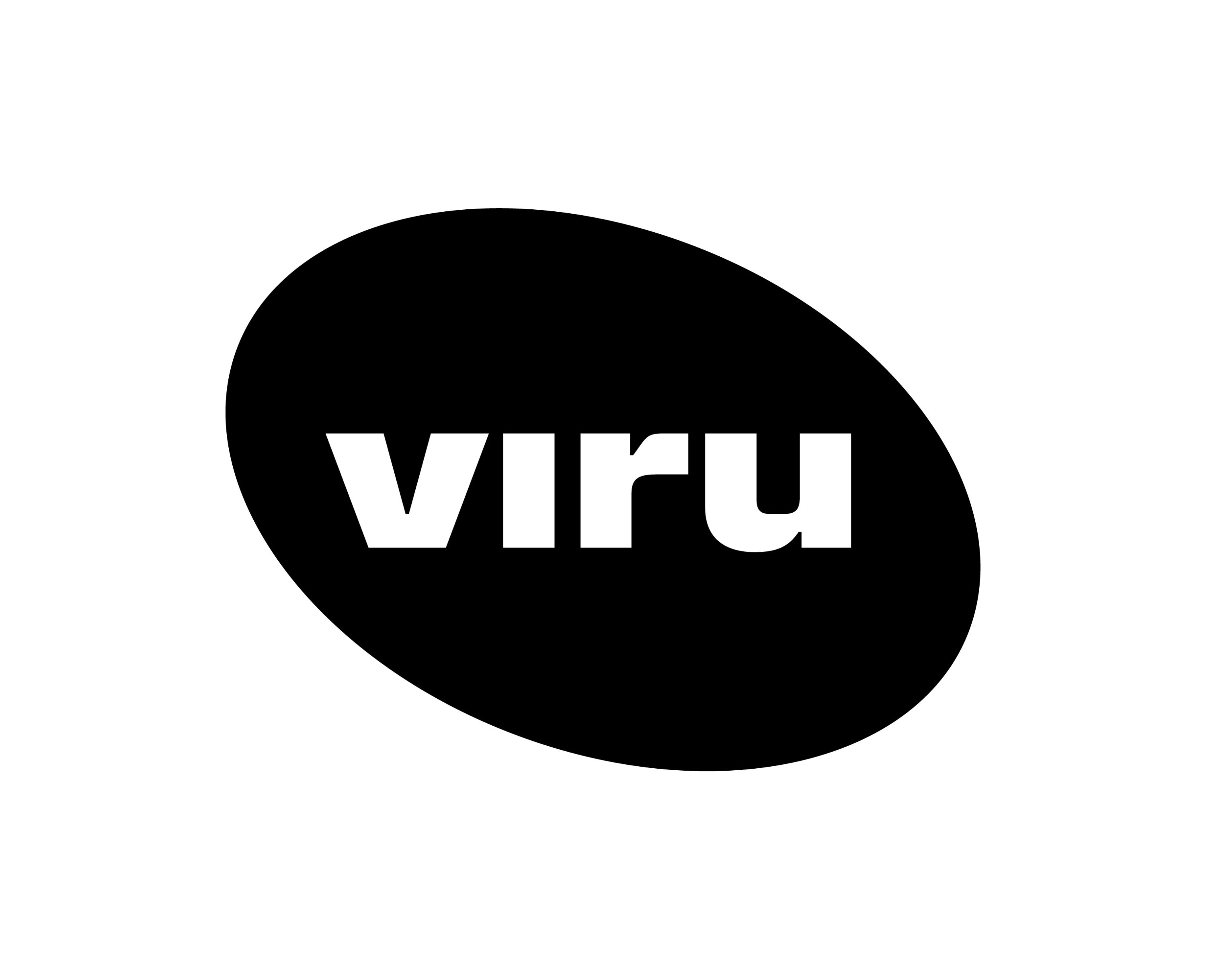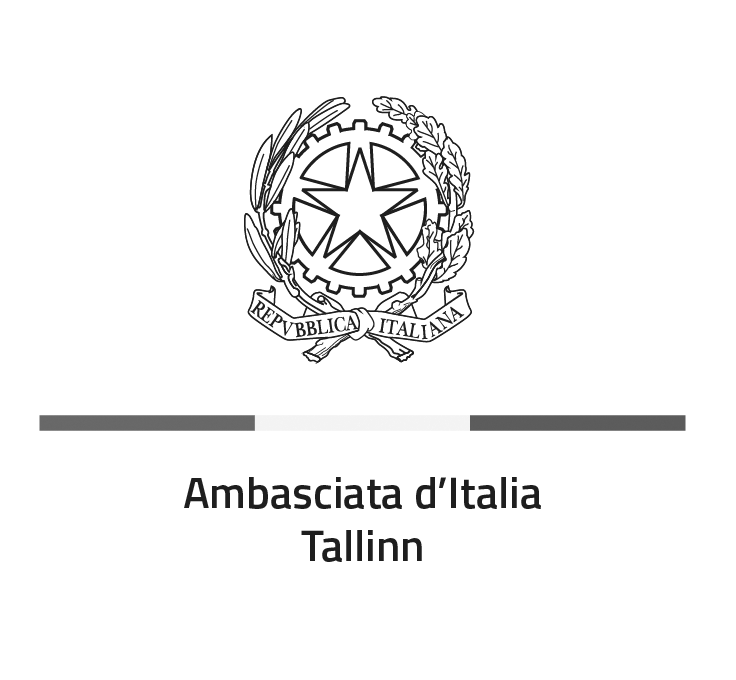Borderless Universe in Their Minds: Italian Transavantgarde and Estonian Calm Expressionism
This ambitious international project is focused on the creative dialogue between works by Italian and Estonian artists in the second half of the 1980s. The exhibition presents the Estonian audience with a representative survey of works from private Italian collections and museums that were created by the Transavantgarde group, which was formed in Italy in the late 1970s. The works are displayed side by side with works by Raoul Kurvitz (1961) and Urmas Muru (1961), who renewed the Estonian art scene in the second half of the 1980s. Although born on the other side of the Iron Curtain, Kurvitz and Muru’s Calm Expressionism – as the artists themselves called it – is like a northern reflection of Italian Transavantgarde.
For the Kumu Art Museum, one of the goals of the exhibition is to draw attention to Estonian painting from the 1980s and its significance in our recent art history. This period in art has also been called the “lost decade”. The artistic community kept a certain distance from daily politics during the transition period, and the 1980s were rather uninteresting in art history against the background of the great changes that would follow the restoration of Estonia’s independence. Therefore, this decade still needs to be seriously studied.
Exhibition vews
Gallery
Curators Fabio Cavallucci and Sirje Helme about the exhibition:
In the second half of the 1980s, the social and political networks, experiences and artistic practices of the Italian and Estonian art worlds differed, as did their relative opportunities in the post-World War II period. A powerful Italian visual arts tradition provided the background for the Transavantgarde. At the end of the 1980s, Estonia was consumed by turbulent political events, and processes began to operate in artistic life that resulted in the emergence of a new free art space. Italian works reached Estonia through random reproductions and Italian works reached Estonia through random reproductions, and the impact of this new style of art quickly spread.
The Transavantgarde group emerged in Italy in direct opposition to the social and analytical art of the previous decades. The group was led by the critic Achille Bonito Oliva (1939) and the artists Sandro Chia (1946), Francesco Clemente (1952), Enzo Cucchi (1949), Nicola De Maria (1954) and Mimmo Paladino (1948), who viewed their activity as a mission, mixed with a dose of creative arrogance. Unlike the situation in Italy, Group T, which was founded by Raoul Kurvitz and Urmas Muru, did not seek to oppose previous generations but rather, as if ignoring the past, to establish new ways of thinking and working in art.
An important principle advocated by both the Transavantgarde and Group T was a subjective, personality- and emotion-centred approach to art, along with artists’ complete creative and spiritual freedom. The driving force behind their creations was an existential tension and an awareness of the transience of human life in the vast universe. This tension was expressed similarly in both the Transavantgarde and Calm Expressionism by turning toward dramatic, mythological and metaphysical plots in paintings, which once again became the centre of attention.
Artworks displayed
Gallery
Team
Curators: Fabio Cavallucci and Sirje Helme
Exhibition design: Kaarel Eelma
Graphic design: Tuuli Aule
Education programme: Darja Andrejeva
Coordinator: Anastassia Langinen
Exhibition working group: Richard Adang, Andres Amos, Pärtel Eelma, Siim Hiis, Inga Jaagus, Darja Jefimova, Liisa Kaljula, Tambet Kütt, Johanna Lamp, Margit Pajupuu, Kaisa-Piia Pedajas, Villu Plink, Johann Põldra, Renita Raudsepp, Juta Ristsoo, Kaidi Saavan, Mati Schönberg, Elnara Taidre, Allan Talu, Eva Tammekivi, Uve Untera and Helen Volber.
Works from the following collections: D’Ercole Collection (Rome); Claudio Poleschi Arte Contemporanea; Mart – Museum of Modern and Contemporary Art of Trento and Rovereto; private collection (Trento, Italy); Art Museum of Estonia; Tartu Art Museum; Museum of Estonian Architecture; SA Postimehe Fond; Reigo Kuivjõgi’s art collection; Raoul Kurvitz’s archives; Urmas Muru’s archives; Tiina Tammetalu’s art collection; and Meriliis Rinne’s art collection and private collections.



Press coverage
-
Italian Transavanguarde and Estonian rebel artist at Kumu museum. ERR News. 02.12.23https://news.err.ee/1609182508/italian-transavanguarde-and-estonian-rebel-artist-at-kumu-museum
-
Transavantgarde in Estonia: an exhibition on the Italian movement in Tallinn. Redazione. 13.12.23https://www.finestresullarte.info/en/exhibitions/transavantgarde-in-estonia-an-exhibition-on-the-italian-movement-in-tallinn



























